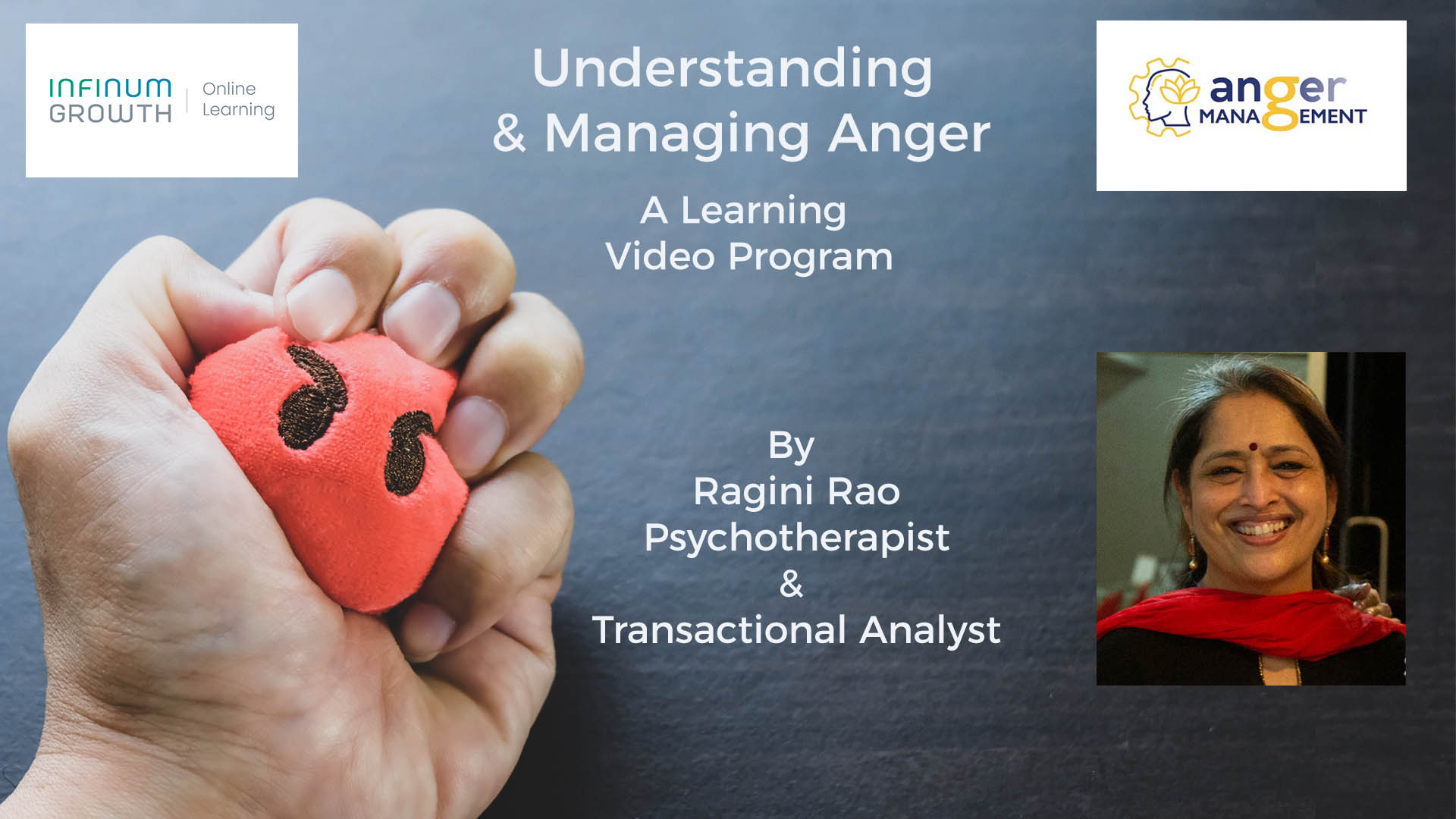“Your most unhappy customers are your greatest source of learning” – Bill gates
Learning is a continuous process.
During academic life, there is a continuous, planned and structured inflow of knowledge. The major focus is on imbibing it to the extent possible. However, the moment we enter our professional lives, this flow changes and focus on the “doing” takes over. We are probably learning a lot more as we do our work; however, often, there is no space to stop, reflect, conceptualise and deepen our learning.
A formal, structured system of Learning & Development therefore becomes a necessity in making this happen.
Major Gaps in the Learning process
In many well established large corporates, training programs that get conducted for the middle and lower level employees, are mostly limited to learning about the processes, technology and products that are being deployed. In other organisations, including the SMEs and Startups, even this may not be there most often. Frequent training is considered a huge cost and a luxury. The employee is expected to know the required skills at the time of employment. Whatever he or she learns further, is essentially while working or on their own initiative, within or outside working hours.
However, the product/process knowledge alone proves woefully inadequate to improve one’s performance at work beyond a point. What is most often lacking is the continuous learning and upgrading of skills and capabilities that enable problem solving, decision-making, team work, respect of other points of view, empathy, leadership skills; what we could broadly term as management skills.
Training interventions to build the management skills become critical for overall development in productivity and performance of the individual and therefore, the organisation. Evolved organisations have recognised this and designed their Learning & Development processes to deliver continuous learning in the space of management skills. Most others have ignored this and continue to pay a heavy price in terms of business performance.
Identifying the Learning Need areas
An assessment by the senior management, of a minimum standard of management capability, at each level in the organisation, must be the first step in identifying the needs. While broadly the skill needs may be common across organisations, the preference of one skill over the other may depend on the nature of business a particular organisation does.
The subjects for training, at a particular level in the hierarchy, could be identified based on the nature of work. However, the essential precursor for deciding the training topics for management skills could be the recognition of the exact needs for individuals and groups, based on the feedback from various quarters, such as
- the Individual’s own assessment that he or she has put forward during the appraisal
- the lack of an attitude or skill required to fulfill a task as identified by superiors
- the behavior that a group tends to display or not display, as observed by other managers or groups within the organisation
- a repetitive problem situation that a business partner or Customer has shared, formally or informally
- a comparison with the feedback received about the business’s competitors’ skills.
This is a storehouse of information that demands the attention of the Organization.
Designing the Training Program
In a service industry like the telecom sector for example, aligning teams and departments to follow processes is a herculean task in itself. Any failure on the part of a team or an individual, results in visibly poor service to the customer and very quickly affects the revenue. Training on the processes is an easy chapter, however adopting a culture of conformity to processes is the difficult part!
One such learning need on Process Orientation emerged in a telecom company, some time back. The problem was not so much about not knowing the processes; it was about processes not being followed accurately. The function head, therefore, took the initiative of presenting facts and figures through actual case studies in the organisation, that were testimony to the negative impacts – low productivity, wastage of time, revenue loss and rise in grievances reported by customers.
What ensued was a training program involving participants from all departments that were involved in the process flow.
The training content included
- Understanding the importance of Processes through case studies
- Learning to identify Process gaps through activities
- Writing down of Processes through proper Process writing techniques
- Process Correction sessions through presentation to a panel of judges
The impact was profound!
Participants emerged from the program with so much of learning and clarity that it left a remarkable impact on the Organization at large. By the end of the program –
- Each group had documented processes to create a Digital Library
- The Participants learnt to value the steps in the processes
- They had accepted the impact of compliance and non-conformity that influenced or affected their performance
This training intervention led to the building of a new work culture and resulted in elimination of wastage of time, money and energy.
As the economy opens up and innovative new businesses come up, unless organisations put focus on all round skill building, in a structured way, irrespective of size of the business, they are likely to be overtaken faster than they can imagine!
So step back and assess your learning and development needs and initiatives. Your business’s future depends on it!
Please do leave your comments at the bottom and do share with others if you like this article.















Very well written aricle.
What you said about the importance of training needs analysis is very true.
Many PSUs conduct training programmes with a target of a certain number of manhours per year.This way a lot of money is spent on training but it may not necessarily increase productivity.